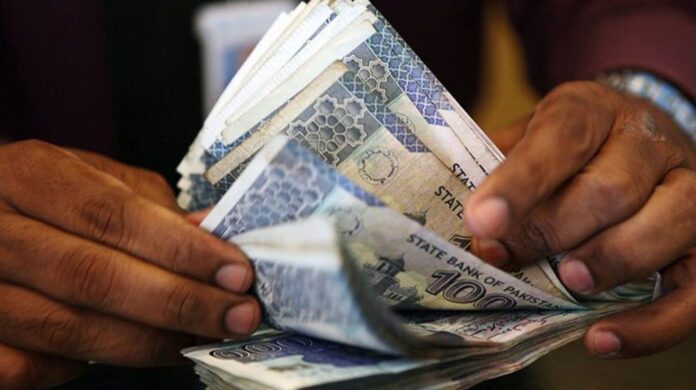KARACHI: Pakistan’s (lack of) economic growth story has become a university case study of how not to govern.
Problems are aplenty, but dollar (un)availability tops the charts. Economic hangover of remittances-led party is yet to wean policymakers off the inflows so that they focus on competitive ways of earning dollar assets. Eventually, it boils down to attracting foreign direct investment (FDI) and value-added exports of goods and services.
Our record in both areas of competency is dismal. Perhaps, overseas Pakistanis can bail out, again.
Clearly exhibiting the single-handed steering of the economy, remittances came in at $31 billion in FY22 compared to a mere $9 billion in 2010. Meanwhile, export of goods increased at a lesser-than-desired pace from $19 billion in 2010 to $32 billion last year.
Read also: Automakers fear major dent in rural sales ‘due to floods’
There appears to be a moral hazard for policymakers to outperform; with dim economic prospects, quality labour would emigrate/ get employed overseas and add incremental source of remittance growth to partly finance import growth. Lucky, but not genius! Can we channel funds more effectively? Yes.
Feather in the hats of the SBP team, led by Dr Reza Baqir, has been the advent of Roshan Digital Account (RDA). Almost two-thirds of the inflows channel to Naya Pakistan Certificates (NPCs).
Offered in both conventional and Shariah-compliant versions, these instruments have raked in gross inflows of $3.1 billion. Annual dollar profits range from 6.5% to 7% while rupee ones yield 10.5% to 11% for the tenure of one to five years. Initially, quite attractive but it’s time to revise the rate upwards.
Pakistan’s policy rate has been aggressively tightened from 7% to 15% in a span of 10 months from September 2021 to July 2022 to address emerging economic imbalances. Similarly, Libor has increased from 0.25% to circa 3% in the same period.
An 8% upward revision in rupee-denominated debts and 2.75% in dollar-denominated debts is yet to be reflected in the profit rates of NPCs. Whether it is sheer lack of attention to other limiting factors, it is hard to ascertain at this point.
Increasing the rupee NPC profit rates to 14% and dollar NPC rates to 9% can easily fetch Pakistan another source of $2-3 billion per year.
To provide further alternatives, a floater (linked to a benchmark) instrument can be introduced to alleviate the worries of oscillating yields. Government must adjust to the new-normal domestic and global economic outlook.
New government, as well as power circles, have had to run from pillar to post (castles to deserts?) to secure commitments to IMF programme. Though validation from IMF is a must, problems could have out-of-the-box solutions also.
Additionally, if the government is under pressure not to take new debts – as if energy credit facility from Arab friends and notional deposits are not debts – Pakistan can launch infrastructure/ ESG/ green funds for overseas Pakistanis.
There are plenty of projects critical to Pakistan’s economic security – Railways Main Line (ML-1), Hyderabad-Sukkur Motorway, Bhasha and Dasu dams, solar parks, tech/ health cities – requiring funding and retail investor participation to partly crowdfund the hybrid model, which may yield socio-economic benefits.
Nonetheless, caution must be exercised. In previously ultra-low rate world, many big-ticket investors leveraged (borrowed) to invest in NPC. To limit such arbitrages, limits may be imposed on per individual or family exposure to ensure equality and prevent misuse. Though financial sharks would find innovate ways regardless.
Similarly, variable profit ranges can also be structured for mega-infra projects to attract investors for equity participation instead of a fixed debt.
With change of guards at SBP and federal government, one can hope policies will be further refined in the country’s interest till next general elections. Until we structurally steer the economy towards export-oriented, debt reducing and fair tax paying society, the burden ought to be shouldered by overseas Pakistanis. A structurally inefficient economic structure prompted many to leave the country. They can check out anytime they want, but they can never leave.

